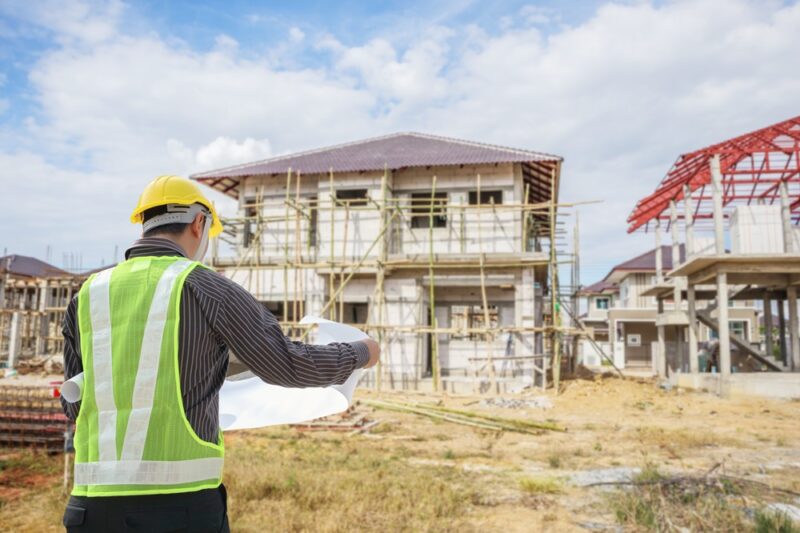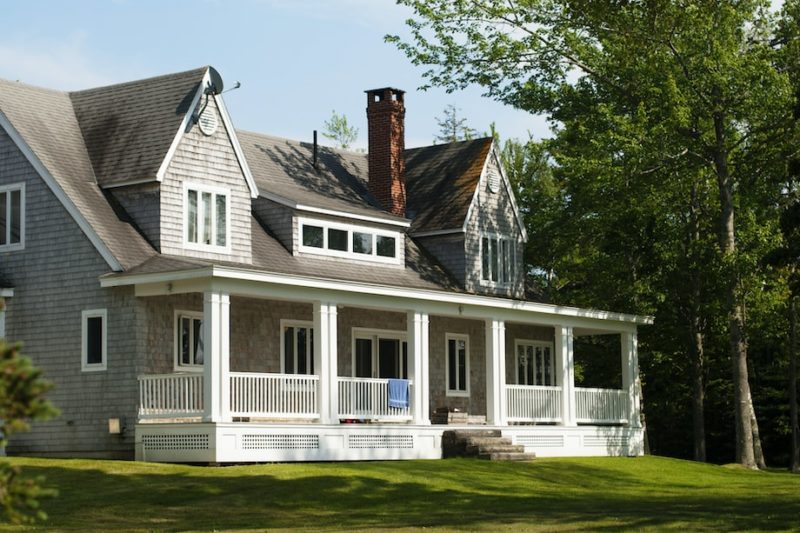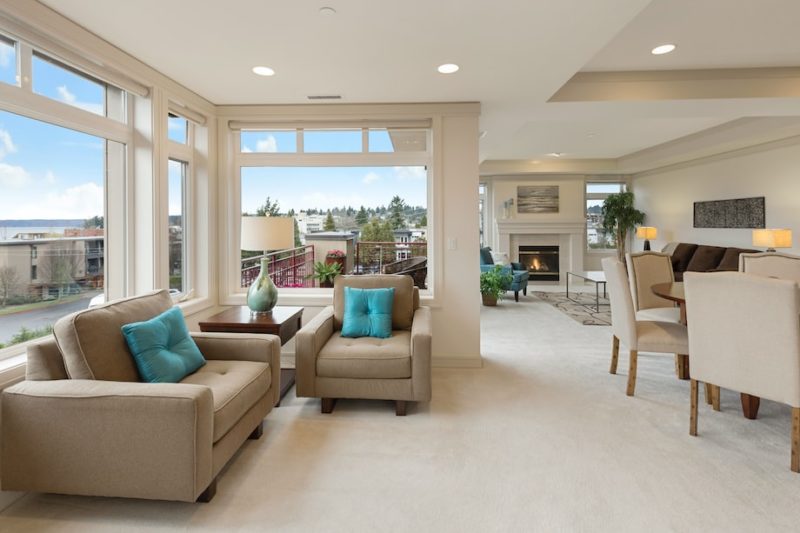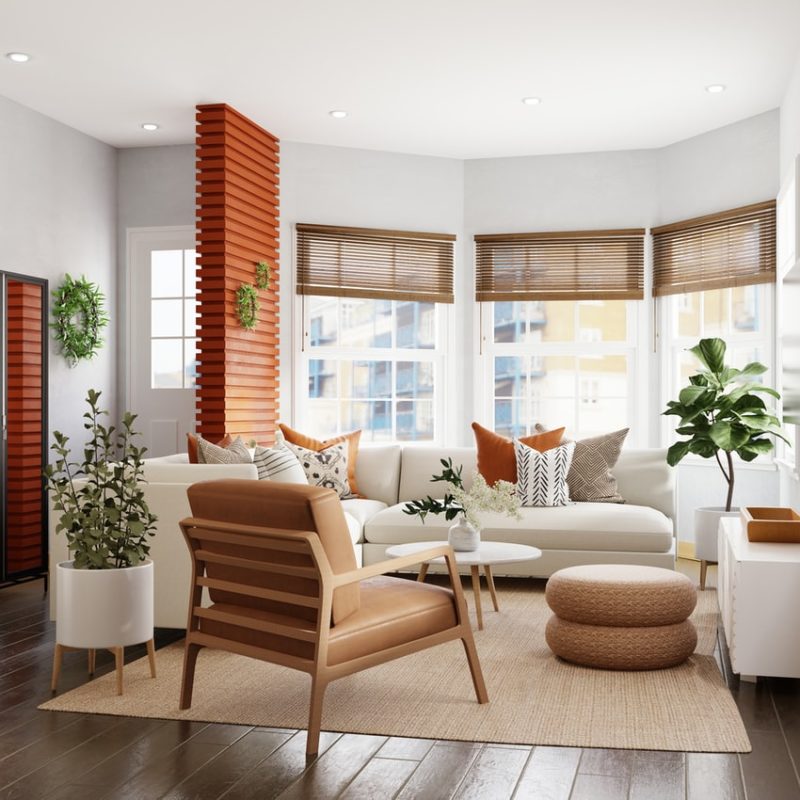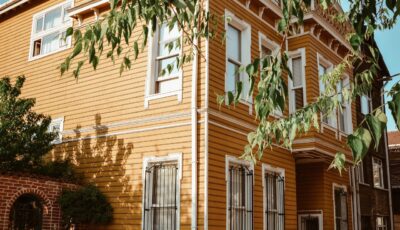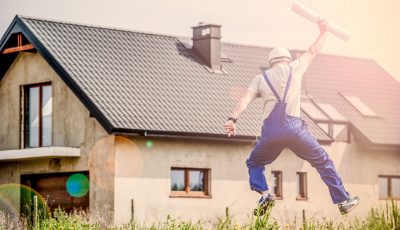A 100-Year House: Design and Material Choices for the Long Run
When building a home, it’s easy to get caught up in the latest design trends and styles. However, it’s important to remember that a home is a long-term investment. A 100-year house is built with the future in mind, taking into account the longevity of design and material choices. In this post, we’ll explore the key factors to consider when you’re aiming to build a house that will stand the test of time. Let’s start!
Design for the Future
Designing a home with the future in mind means thinking beyond your current needs and lifestyle. Consider the needs of your family in the next 20, 50, or even 100 years. Design features like extra-wide doors, a ground-floor bedroom, and open-concept living spaces can accommodate a changing family dynamic. In addition, incorporating sustainable design features such as passive solar heating, green roofs, and energy-efficient appliances can save you money and reduce your carbon footprint.

Built to Last
When choosing materials for your home, opt for those that are built to last. Materials such as brick and stone are incredibly durable and require minimal upkeep. Wood, on the other hand, requires regular maintenance to prevent rot and damage from pests. Consider using alternative materials such as fiber cement siding or PVC decking that can replicate the look of wood while being more durable and low-maintenance.
Structural Integrity
For a home to withstand the test of time, its structure must be robust and capable of enduring natural elements, including seismic events. Seismic retrofitting is an important consideration, especially if you’re planning to build your house in earthquake-prone areas. This process involves strengthening an existing home’s foundation and structure to resist seismic waves. Features like shear walls, anchor bolts, and bracing for cripple walls are integrated into the build, which will guarantee safety and reduce the potential catastrophic damage in the event of an earthquake.
Invest in Quality
Investing in quality materials and construction methods might mean a higher upfront cost, but it will save you money and headaches in the long run. Materials such as high-performance windows and doors and insulation designed to last up to decades can help maintain a comfortable temperature inside your home while reducing energy expenses. Hiring a reputable contractor with a track record of quality work can also ensure your home is built to last.
Consider Sustainability
Sustainability is an essential factor in building a 100-year house. Choosing sustainable building options like bamboo flooring and recycled glass countertops can reduce your environmental impact and contribute to a healthier and more sustainable future. Additionally, designing your home to be energy efficient can save you money on utilities while reducing your carbon footprint. Consider installing solar panels, utilizing natural lighting, and incorporating a rainwater harvesting system to make your home more sustainable.
Building a 100-year home requires thoughtful consideration of design and material choices, with a focus on longevity, durability, and sustainability. By investing in quality materials and sustainable design features, you can ensure that your home is built to last for decades to come while reducing your environmental impact and saving money on utilities. As you embark on your homebuilding journey, consider what’s truly important for your family’s future needs and make choices that will serve you well for generations.

